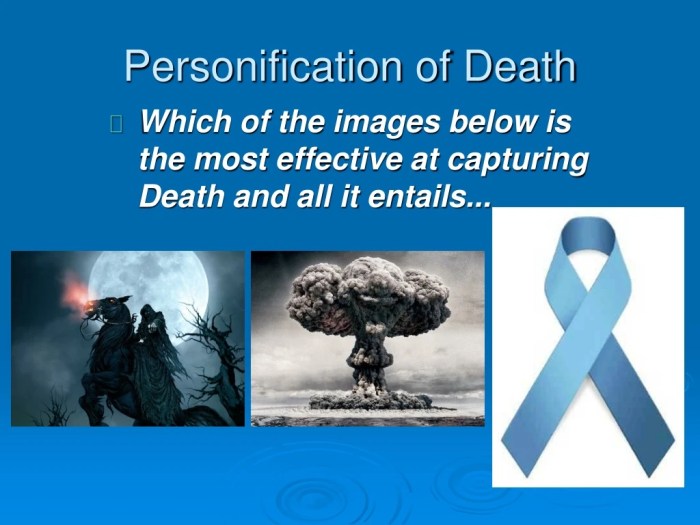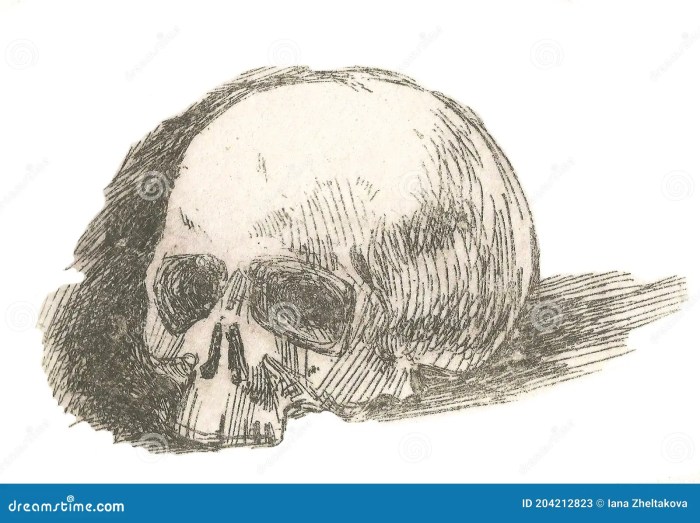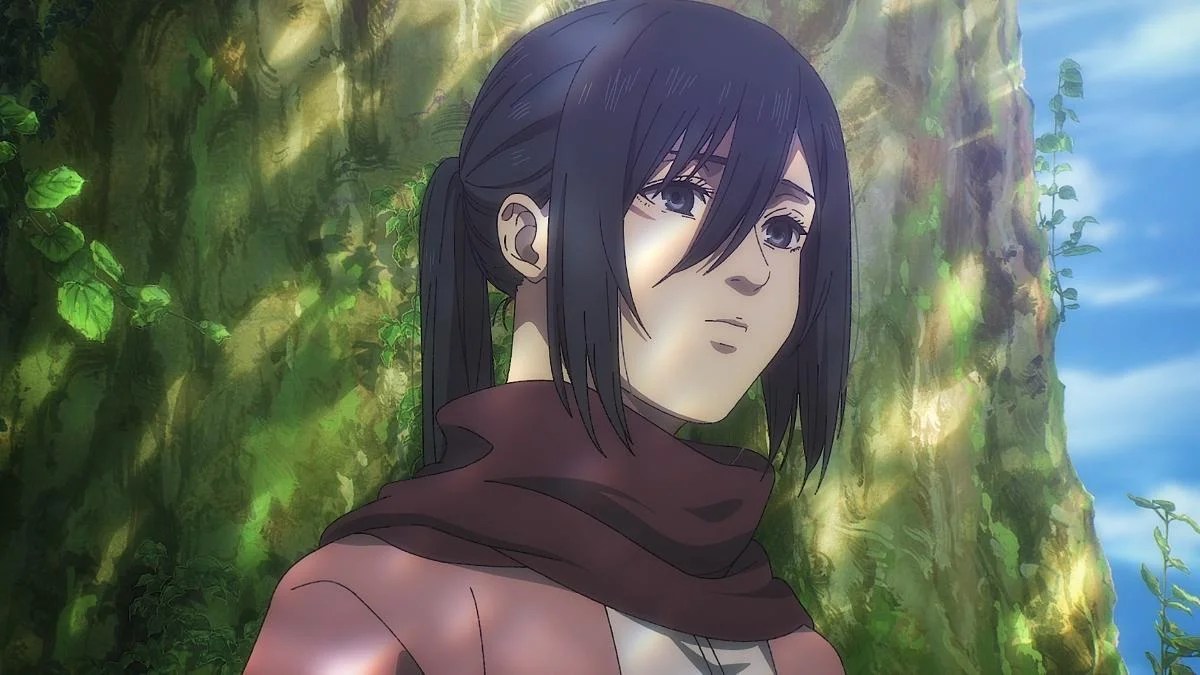In the personification of death in the final scene, literary works often depict the concept of mortality through a tangible character, offering a profound exploration of the human experience. This literary device invites readers to confront the inevitability of death and examine its impact on the living.
Throughout history, various cultures have developed unique representations of death, which have influenced the portrayal of this enigmatic figure in literature. By analyzing the personification of death, we gain insights into societal beliefs, philosophical contemplations, and the enduring human fascination with the unknown.
1. Introduction to the Personification of Death in the Final Scene: In The Personification Of Death In The Final Scene

In literature, personification is a technique where human qualities are attributed to non-human entities. In the final scene of the play, Death is personified as a character, giving it a tangible presence and allowing for a deeper exploration of the themes of mortality and the inevitability of death.
2. The Role and Purpose of Death’s Personification

Death’s personification serves several key roles:
- Drives the plot by setting the stage for the final confrontation between the characters and their mortality.
- Develops the characters by forcing them to confront their own mortality and the consequences of their actions.
- Influences the audience’s perception by creating a sense of immediacy and urgency, making the themes of the play more relatable and impactful.
- Raises philosophical and theological questions about the nature of death, the afterlife, and the meaning of human existence.
3. Symbolism and Metaphor in Death’s Personification

Death’s personification is associated with various symbols and metaphors, including:
- The Grim Reaper: Death is often depicted as a hooded figure carrying a scythe, symbolizing its power to end life.
- The Black Void: Death is sometimes represented as a vast, empty space, representing the unknown and the end of consciousness.
- The River Styx: In mythology, the River Styx is the boundary between life and death, often used as a metaphor for the transition into the afterlife.
These symbols and metaphors enhance the play’s meaning by creating a vivid and memorable representation of death.
4. Dramatic and Literary Impact of Death’s Personification

| Work | Author | Time Period | Techniques of Personification | Dramatic and Literary Impact |
|---|---|---|---|---|
| Hamlet | William Shakespeare | 16th Century | Dialogue, Physical Appearance, Foreshadowing | Heightens suspense, Creates emotional resonance, Explores the themes of mortality and madness |
| Death of a Salesman | Arthur Miller | 20th Century | Internal Monologue, Symbolism, Metaphor | Reveals the protagonist’s inner turmoil, Raises questions about the American Dream, Explores the consequences of unfulfilled aspirations |
| The Seventh Seal | Ingmar Bergman | 20th Century | Chess Game, Visual Imagery, Allegory | Creates a sense of existential dread, Explores the futility of human existence, Raises questions about faith and spirituality |
5. Cultural and Historical Context of Death’s Personification
The personification of Death in the final scene reflects the cultural and historical context of the play’s creation:
- Medieval Beliefs: In the Middle Ages, death was often seen as a personified entity, with the Grim Reaper being a common representation.
- Renaissance Humanism: The Renaissance brought a renewed interest in classical literature and mythology, where Death was often depicted as a personified figure.
- Christian Influence: The Christian tradition views death as a passage to the afterlife, influencing the portrayal of Death as a guide or messenger.
6. Modern Interpretations and Adaptations of Death’s Personification
In modern adaptations of the play, Death’s personification has been reinterpreted to reflect contemporary societal attitudes:
- Existentialism: Some modern interpretations emphasize the existential nature of death, exploring the anxiety and uncertainty it creates.
- Technological Advancements: Advancements in technology have influenced the depiction of Death, with some adaptations using digital effects to create a more realistic and immersive experience.
- Cultural Diversity: Modern adaptations often incorporate elements from different cultures, reflecting the diversity of beliefs and perspectives on death.
Question Bank
What is the significance of personifying death in literature?
Personifying death allows authors to explore abstract concepts such as mortality, the inevitability of death, and the human response to loss in a tangible and relatable way.
How does the personification of death vary across cultures?
Cultural beliefs and traditions influence the depiction of death in literature, leading to diverse representations, from the Grim Reaper to benevolent guides.
What are the key literary techniques used to personify death?
Authors employ physical attributes, dialogue, actions, and symbolism to create a vivid and memorable personification of death.